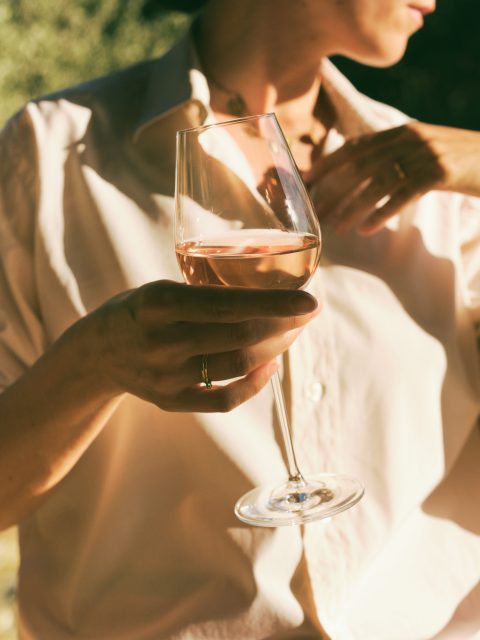This website uses cookies so that we can provide you with the best user experience possible. Cookie information is stored in your browser and performs functions such as recognising you when you return to our website and helping our team to understand which sections of the website you find most interesting and useful.
How Provence developed its reputation for rosé
More than just a trend, Provence rosé stands out for its range of unique terroirs and generations of expertise.
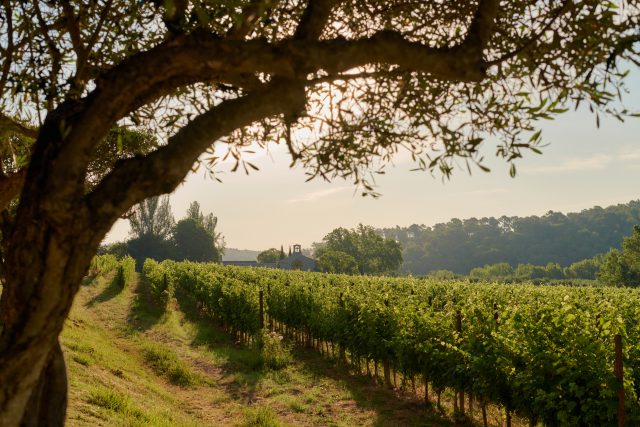
Many regions can produce high-quality rosé, but none are as ubiquitous as Provence. The southern French region has established itself as a true specialist in the style. While it is an interesting side-project for many appellations, rosé is the overwhelming focus for Provence.
That does not mean, however, that its status as a leader in rosé production is taken for granted. Nor does it mean that Provence rosé has become a homogenous byword for all things pale and pink. In fact, the region’s story is of a persistent drive to improve, as its winemakers respond to diverse terroirs, invest in quality-focused winemaking and adapt to new challenges and trends. It has resulted in an impressive position on the global market as a rosé specialist region.
A mosaic of world-class terroirs
The most obvious starting point for analysing any wine region’s potential is its terroir, a product of sunlight, climate, topography, landscape and biodiversity. As the foundational element in grape growing, as well as the most difficult to adjust, it acts as a starting point for any winemaker.
In the case of Provence, writing of terroir is itself misleading: the region comprises myriad terroirs. The subtle interplay between a specific site’s character and overarching influences has done much to promote high-quality winemaking in the region. Provence has both world-class, consistent conditions for rosé production and the variety to empower individual winemakers.
Stretching 200 kilometres from east to west and 100km from north to south, Provence covers a large section of the south of France. With three appellations – Côtes de Provence, Coteaux d’Aix-en-Provence and Coteaux Varois en Provence – the diversity of terroirs is recognised at a regional level, as well as from site to site.
Terroir, and the winegrowing and winemaking choices that respond to it, can have pronounced effects on the wines. The region stretches from the Mediterranean coast to the foothills of the Alps, offering a wide variety of aspects and altitudes. Vineyard sites range from coastal plots at sea level to sites 500 metres in the hills, meaning winemakers adapt their varieties and winemaking best to suit each unique microclimate. The diversity is remarkable. There are even vineyards on the crescent-shaped island of Porquerolles, a natural haven in the Mediterranean with a population of just 200.
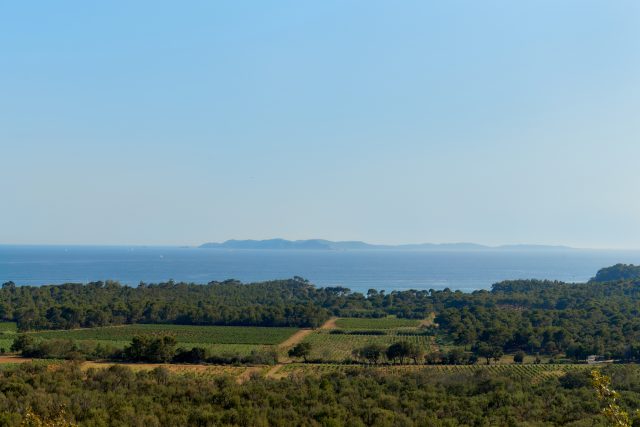
The effects within the Côtes de Provence appellation can be profound. In the inland, lavender-bordered foothills of the Sainte-Victoire mountain, for instance, the altitude creates a cooler climate that tends to enhance structure, minerality and liveliness. La Londe, on the other hand, borders the Mediterranean, the influence of which contributes roundness and salinity.
There are, however, unifying influences that affect the entire region. The sunshine is impossible to avoid, averaging 3,000 hours each year and ensuring ripeness in the crop. Rainfall is generally low, protecting the grapes from diseases and pests. The region generally has poor soils, which moderate vine vigour and lead to high-quality fruit. Above all, the Mediterranean Sea is a powerful influence. Its warm waters temper the climate, enabling grapes to ripen consistently, but fresh maritime breezes and the powerful Mistral wind from the North West are instrumental in maintaining the characteristic freshness of the grapes.
Such climatic and geographical influences make Provence ideally positioned to craft fine rosé. The region’s vignerons can consistently grow healthy grapes with concentrated aromas, fresh acidity and the correct balance between juice and skin. Yet its diversity is equally important, offering a range of sites that mean, even if of the same quality and price, no two wines are identical.
Expertise honed over decades
With such enviable terroir, there is particular pressure on winemakers to match potential with expertise. Provence certainly has the history to suggest expertise: its wine industry dates back around 2,000 years. The drive to position Provence as France’s premier rosé region, however, is a much more recent development.
The formation, in 1977, of Côtes de Provence AOP could be seen as the starting gun for a rosé revolution. In forming an official appellation, like-minded producers could set the precise regulations and quality controls needed to establish a standard-bearer region. The Coteaux d’Aix-en-Provence AOP and Coteaux Varois en Provence AOP were recognised in 1985 and 1993 respectively. Over decades, the region has evolved to prioritise rosé production above all other styles, a rarity in the wine world. Indeed, more than 90% of Provence’s output is rosé, amounting to 42 % of France’s total.
The decision to prioritise the style has dovetailed with technological advances over the last 50 years. Much better continuous temperature control equipment, for instance, has kept the fermentation process cooler and thus preserved the delicacy of the grapes. Better direct pressing equipment in the winery has also advanced the style, enabling the production of popular, pale styles.
The winemakers themselves have likewise improved practices. Though not a new technology, the use of night-time harvesting has allowed winemakers to preserve acidity even in grapes at full ripeness.
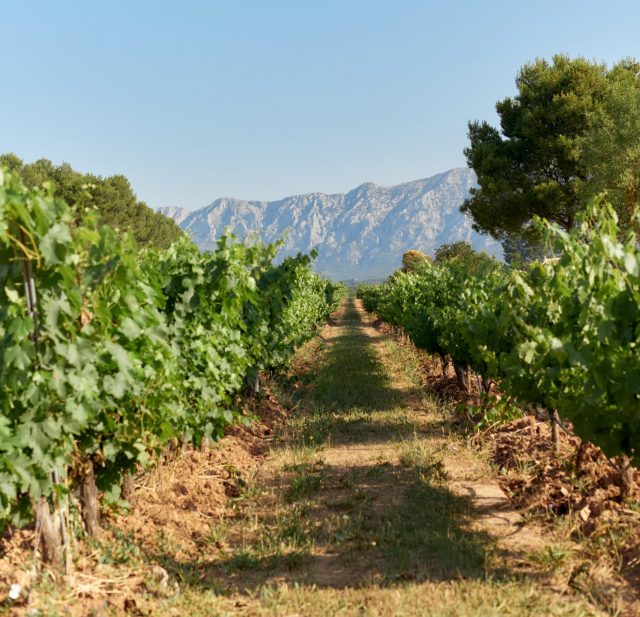
A better understanding of blending has also led to an improvement in quality. With more than a dozen varieties permitted, winemakers can express their terroir through the nuances of a blend. The natural environment supports a wide variety of grapes, primarily Grenache, Cinsault, Syrah and Rolle. Some make up a base found across the entire region, while others are more specific to smaller areas.
In winemaking, the choices help hone a specific style. Grenache, for instance, adds red fruit notes that can develop into spicy aromas. Cinsault is admired for its finesse, freshness and redcurrant notes. Syrah can bring structure, black fruit and the potential for cellar ageing. Realising such a fine balance takes expertise and experience, but has helped develop Provence’s international reputation.
Even with such a reputation, Provence winemakers are not resting on their laurels. The Centre du Rosé, which began work in 1999, is the world’s only institution dedicated to research into rosé wine. The centre brings together experts, researchers, winemakers and tasters to strengthen leadership for Provence rosé, improve quality of wines and vineyards and support winemakers in facing future challenges. It has led the way with research, for instance, into cultivation systems specifically for making rosé, varieties suited to climate change and how fermentation can affect the eventual wine colour. Results of its research have been published in scientific journals and presented at vineyard conferences.
The local producers are also pushing ahead in matters of sustainability. Provence is naturally well-suited to sustainable viticulture, as the warm climate and mistral wind ward off disease threats. However, vignerons are doing their part with ambitious targets. 57% of the appellation area is certified organic or HVE, amounting to almost 16,000ha and 77% of producers. The appellations are aiming for all vineyards to have some form of environmental certification by 2030.
A style icon
The meeting of terroirs and expertise has established Provence both as a leader in rosé wine production and a recognisable global brand. Its wines have grown massively in popularity, with export levels rising from 11% of production in 2012 to 40% in 2023. Provence, in some markets, has become a shorthand for exquisite pale rosés.
Its style, as a region, is clear. Regional association Vins de Provence identifies common ground among its rosés: their characteristic pale colour; complex aromas of fruit and flowers; a dry profile, despite roundness and a perception of sweetness; and a fresh finish. As wine consumption becomes more casual, Provence rosés are well placed to match evolving consumer tastes.
Yet the wines have variety enough to keep customers returning. Whether through in the nuances of different sites, blending varieties or adjusting winemaking techniques, winemakers have access to a number of styles. White fruit, citrus, exotic fruit, honeysuckle, cherry, melon and more: the wines can offer hugely different aromatic profiles. That is without even considering the barrel-aged, spicy examples that are gaining increased traction as gastronomic wines.
There is also plenty of variation across the appellations. Côtes de Provence rosés have complex fruity and floral aromas often complemented by mineral or empyreumatic notes on a balanced structure. Coteaux d’Aix-en-Provence rosés tend to be light, supple, and very refreshing. The rosés of Coteaux Varois en Provence, meanwhile, often show red fruit and spicy or garrigue notes of thyme, rosemary and juniper.
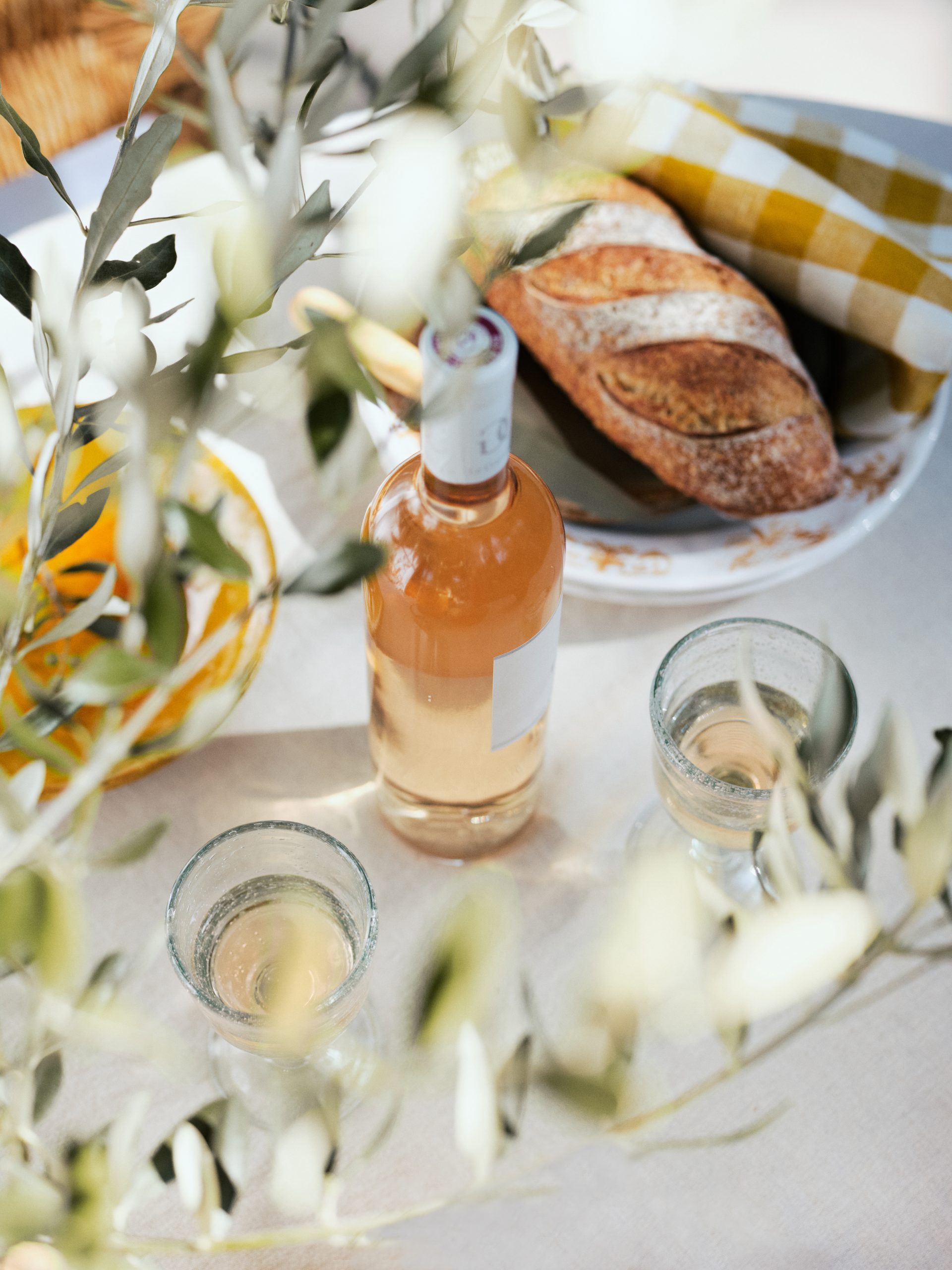
The world of rosé is vast and complex, but Provence has positioned itself as one of the great champions of the style. It is evidenced in its scale, an impressive 4.2% of global rosé production. It is evidenced in its brand recognition, with a broad reach across many export markets and 64 million bottles exported in 2023. The wines have won praise for their diversity, suiting a range of budgets and used both as celebration wines and casual bottles.
The regional body describes it as “inimitable”. Certainly there are other regions making high quality rosé, but the combination of terroirs, expertise, global reach and a clear identity sets Provence apart from the crowd. Young upstarts and surprising standouts have their place, but Provence makes a compelling case for leaving matters to a rosé specialist.
